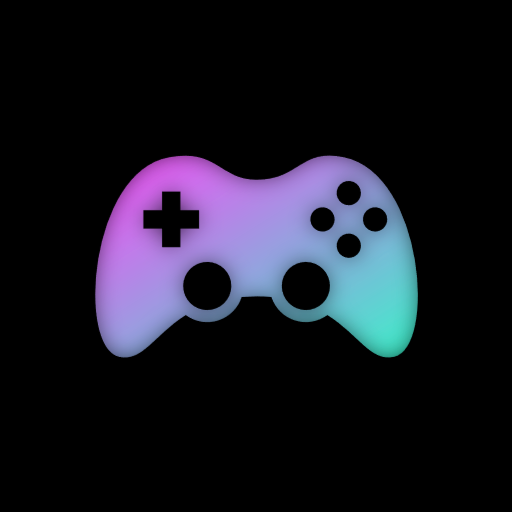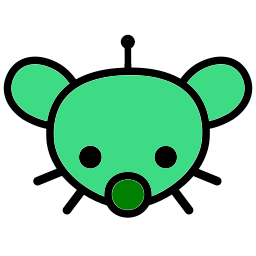Godot is better than roblox for making games because:
- you’re not restricted to one platform (in gd you can export as web app, linux, windows, macos, mobile, etc.)
- Roblox requires an internet connection and a Roblox account, both of which are not necessities for a game developed in godot (or any other game engine, like unity or unreal)
- Roblox has some very shady business practices that are not very nice to game developers. Godot, meanwhile, gives you the control of where you want to distribute the game with no strings attached
- GDScript is super easy to learn, very similar to Python and I really like that it’s integrated into the engine (you can, of course, use a separate code editor if you want. You could even use C# if you’re more comfortable with that)
If you do go for Godot (and you should), I would check out channels like GDQuest and HeartBeast as well as the Godot documentation for tutorials and help, as well as browsing the forums for advice.






I’ve been running the developer beta for about a month or so now, the updates have made the phone run cooler (good) and things have become more readable. Good that Apple is working on it, but there’s still a bunch of issues. In the clock app, when there’s the bubble in the swipe menu, the text and icons switch between yellow and orange and there’s also VERY small slivers of orange whenever you hover the bubble over the alarms and stopwatch icon that drive me crazy. The bubble effect is a bit overdone in my opinion and could be toned down a bit. The lockscreen swiping still has issues, as when you swipe down the lockscreen background doesn’t appear, but notifications are still adjusted to the colour of it so if you have a darker lock screen background and on a lighter/white web page and you swipe to see you notifications, it looks unreadable until you swipe all the way down where the lockscreen background reappears.